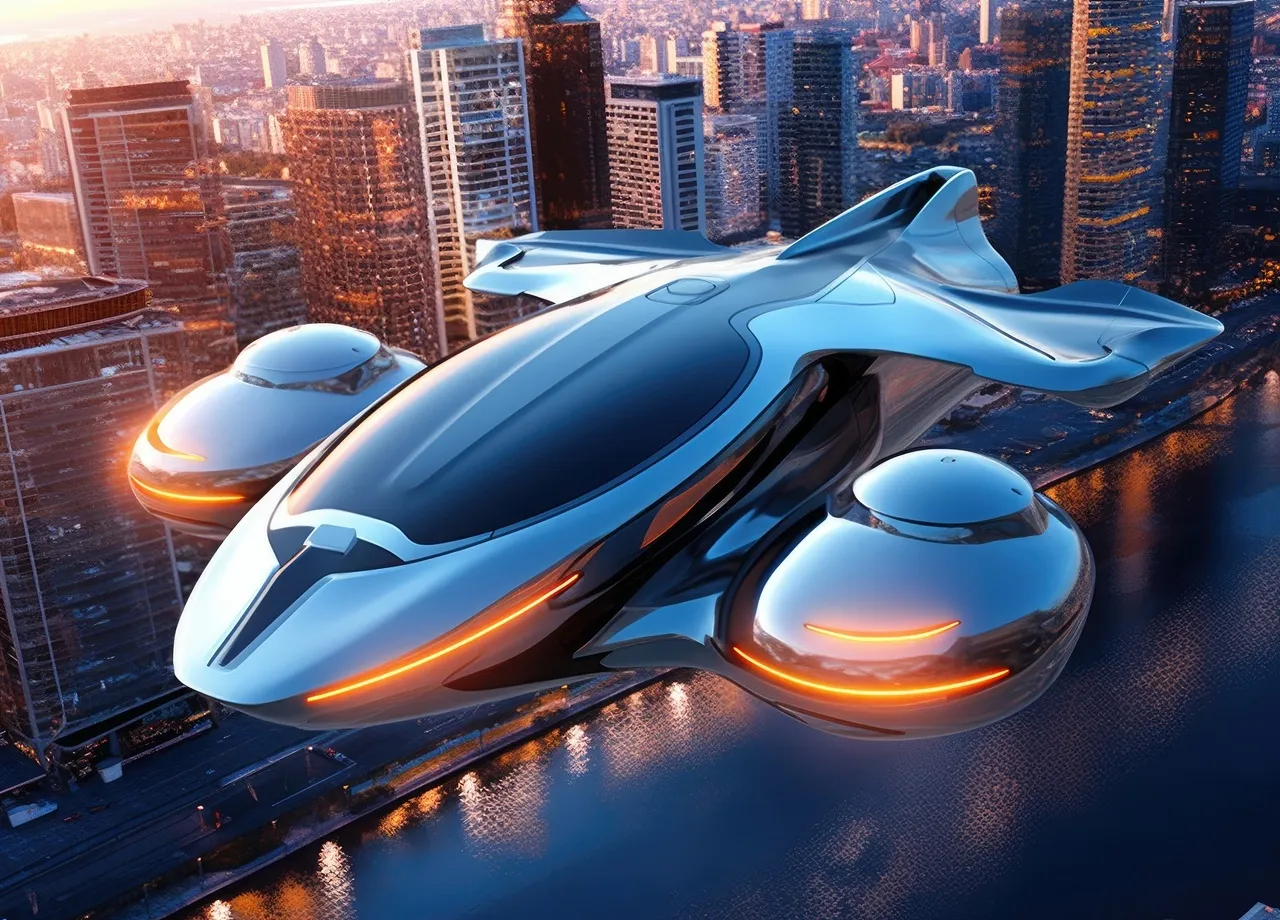Flying Cars: The Future of Urban Mobility
discusses the potential of flying cars to revolutionize urban transportation. It highlights the technological advancements, such as electric propulsion, advanced aerodynamics, and autonomous systems, that are making flying cars a reality.

Flying cars are essentially a fusion of automotive and aviation technologies. They come in various designs, including vertical takeoff and landing (VTOL) vehicles, which can take off and land like helicopters, and fixed-wing designs that require runways. Advances in electric propulsion, battery technology, and autonomous navigation systems are making these vehicles more viable. Companies like Joby Aviation, AeroMobil, and even giants like Uber and Hyundai are actively developing and testing prototypes.
The potential benefits of flying cars are immense:
-
Reduced Traffic Congestion: By taking to the skies, flying cars can bypass traditional road traffic, reducing congestion in urban areas.
-
Shorter Commute Times: With the ability to travel in a straight line and at higher speeds, flying cars can significantly cut down commute times.
-
Accessibility: Flying cars can reach remote or difficult-to-access areas, providing critical services such as medical emergency transportation.
-
Environmental Impact: Electric flying cars produce zero emissions during operation, contributing to cleaner urban environments.
Despite the exciting potential, several challenges need to be addressed before flying cars become a mainstream mode of transportation:
-
Regulatory Hurdles: Establishing regulations for air traffic management, safety standards, and pilot licensing is crucial for the widespread adoption of flying cars.
-
Safety Concerns: Ensuring the safety of passengers and people on the ground is paramount. This includes collision avoidance systems, robust vehicle design, and emergency response protocols.
-
Infrastructure Development: Developing the necessary infrastructure, such as vertiports (landing and takeoff areas) and charging stations, is essential for integrating flying cars into urban landscapes.
-
Public Acceptance: Gaining public trust and acceptance is vital. People need to feel confident in the reliability and safety of flying cars.
The path to making flying cars a common sight in our skies is filled with both opportunities and challenges. As technology continues to advance, and with the collaboration of governments, businesses, and the public, the dream of flying cars could become a reality sooner than we think. It requires a collective effort to address regulatory, safety, and infrastructural challenges, but the potential benefits make it a journey worth pursuing.
In conclusion, while we may not yet be fully ready to embrace the Jetsons' dream, we are certainly on the way. The progress being made in the development of flying cars indicates a future where urban air mobility could transform our cities and the way we move within them. With continued innovation and collaboration, flying cars may soon become an integral part of our urban transportation systems, ushering in a new era of mobility.
source: The Future of Flying Cars: Transforming Urban Mobility and Beyond - VehicleReport
What's Your Reaction?












/https://tf-cmsv2-smithsonianmag-media.s3.amazonaws.com/filer_public/54/66/546650fa-26a4-40fd-8d6d-5a7a04540f81/rosetta2.png)
:max_bytes(150000):strip_icc():focal(999x0:1001x2)/robert-prevost-050825-1-39395418ab494da5a3a700c9478e66c8.jpg)















































format(webp))
format(webp))


























